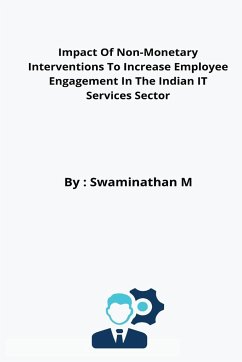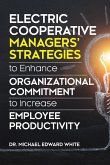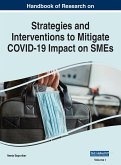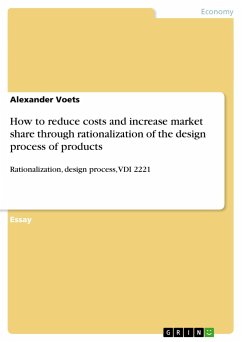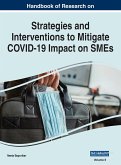INTRODUCTION 1.1 Background Employee engagement is one of the most debated topics in the corporate world these days as the benefits of engaged employees is well documented in literature - higher productivity, better quality output, improved collaboration among teams, lower staff attrition, improved employee well-being, organization citizenship behaviour among others (Mani and Mishra, 2020a). The downside of disengaged employees are also well documented, which includes frequent absenteeism, poor quality output, higher attrition and generally a stressed out workplace which is no longer excite employees. Despite spending several hundred billions of dollars ($ 450 Billion to $ 550 billion as per Whittington et al., 2017), every year, by companies around the world to enhance the engagement levels of their employees; several surveys by leading HR consultancy firms show the engagement levels continue to stay around 15% for companies across sectors and across countries (Gallup, 2017). The survey also shows an equal number (about 15%) of employees are actively disengaged and the rest (about 70%) somewhere in between in the continuum - doing enough to survive in their jobs. Employee engagement has several definitions in the literature. A few prominent ones are given below Engagement has been defined in terms of attitudes and behavioural outcomes, or as fluctuating personality traits or in terms of stable personality traits (Macey & Schneider, 2008; Schneider et al., 2010). Many others have defined engagement in terms of energy people have to put in sustained efforts to achieve organization goals (Byrne, 2015), the physical, cognitive and emotional efforts that are brought to bear to achieve organizational goals (Byrne, 2015), the practitioner literature mentions commitment to work, involvement and enthusiasm (Gallup, 2013) highlighting the concept of state based engagement. Schaufeli et al. (2002) defined engagement as a "positive, fulfilling, work-related state of mind that is characterized by vigor, dedication and absorption", "a persistent, positive affective-motivational state of fulfilment in employees that is characterized by high levels of activation and pleasure that is not focused on any particular object,
Hinweis: Dieser Artikel kann nur an eine deutsche Lieferadresse ausgeliefert werden.
Hinweis: Dieser Artikel kann nur an eine deutsche Lieferadresse ausgeliefert werden.

